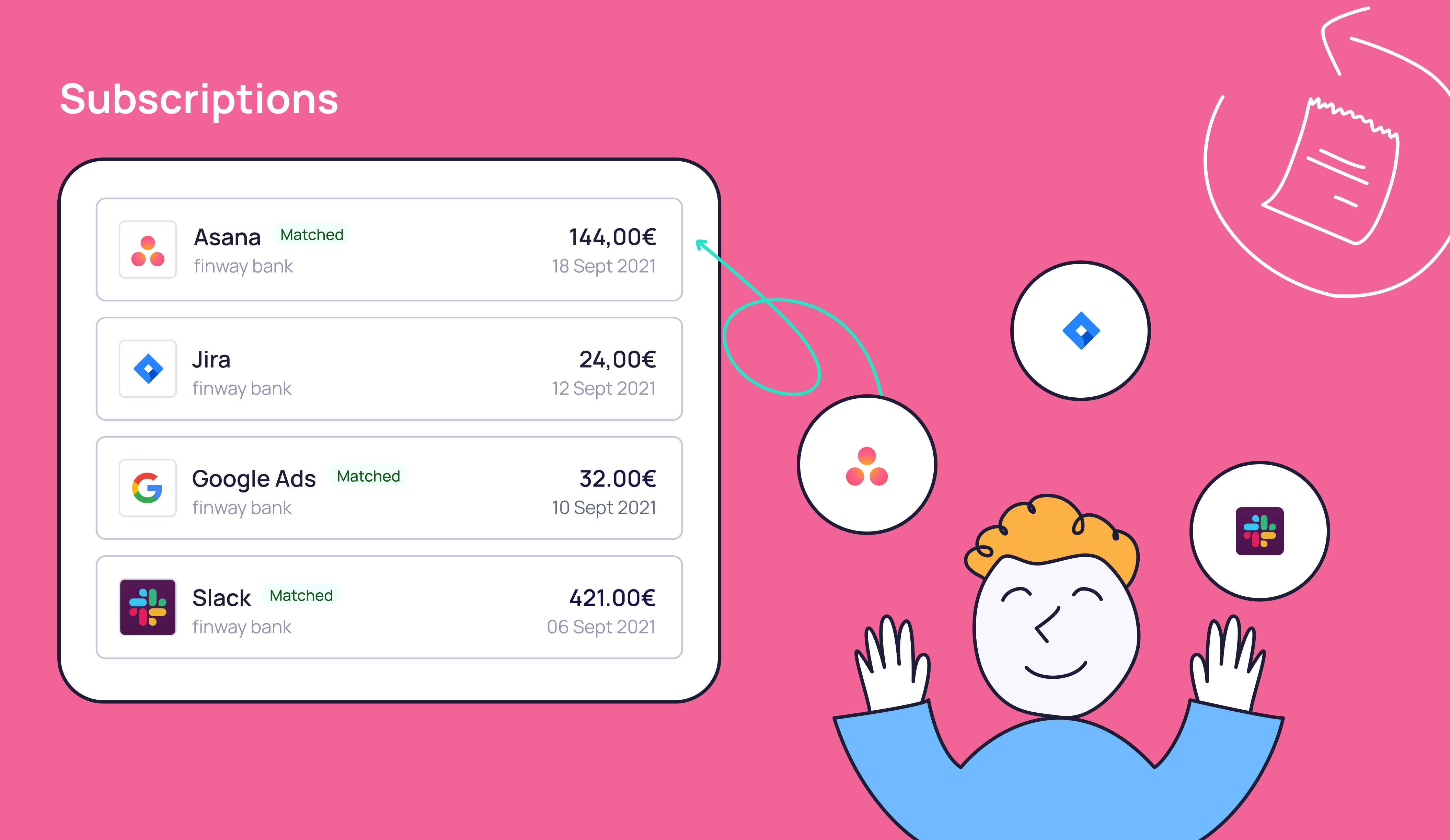If you are reading this article because you suspect that the way your company handles invoices, approvals and spend management is not optimal – then you are most likely right and you are exactly right here.
You probably work in the accounting department of your company, or maybe you are an employee with personnel and budget responsibility and are annoyed month after month by slow and error-prone invoicing processes for almost all purchases, purchase of services, invoicing of freelancers & Co. These delay monthly, quarterly and annual financial statements and make them unnecessarily a mammoth task.
The (un)calming news: This state of affairs has unfortunately become so habitual that everyone involved accepts it tersely – because it has always been done that way. Internal financial processes are annoying and cumbersome – but they have to be done to keep the business running. You are willing to work overtime for this and you feel heavenly relieved when the last missing invoice is finally entered and the last spent euro is allocated in the budget.
Now let’s play a thought game: Wouldn’t it be nice if everything ran a little more smoothly?
Smart workflows for invoice approval – what do you need to consider?
In this article, we deliberately refrain from chasing you, the reader, through the painful grievances in financial processes once again. If you don’t want to miss out on this unpleasant trip, please also read our article on the 10 biggest time wasters for finance employees.
However, it is still true that every incoming invoice in companies is subject to approval and verification processes before the invoice can be paid and posted. However, this could be somewhat different if you were working with purchase orders – a process that will save you numerous steps in traditional invoice verification.
As long as this is not the case, invoice verification or invoice approval follows an often opaque procedure in several steps, which, however, must cover the following points in any case before the accounting department can execute the payment and post the amount. Different people are also responsible for these verification steps.
Manager/Purchaser: Checking whether the invoice is factually correct – i.e. whether the invoice receipt corresponds to the actual scope of delivery. Are the delivered goods flawless or does a service provided meet the specified requirements?
Manager/Purchaser: Checking whether the invoice amount is correct and whether it includes any negotiated rebates (discounts) or similar.
Accounting: Assignment of the invoice to a cost center/cost unit, if this is not otherwise noted or has already been communicated.
Accounting: If not already done: Submit invoice to a responsible manager for approval.
Accounting: Check whether the invoice is formally correct and all necessary data are listed
In the final step, a strategic aspect comes into play that is often ignored but can be of enormous importance:
Cash flow check: Checking whether payment deadlines can be deliberately used to better meet budget targets and positively influence cash flow. Here it is particularly practical if transfers can be scheduled in advance and then automatically triggered on the corresponding date. It is even more practical if the costs can also be made immediately visible in the budget plan as “allocated” or “assigned”. Full transparency!
Unfortunately, very few companies have a defined process, a.k.a. a workflow, for the aforementioned points, to which all persons involved can adhere. The individual test steps happen in isolation and communication about them is not recorded in a uniform or transparent manner. Who is supposed to keep the overview when some things are “managed” by mail, others by phone and enormously important ones even via Post-Its? You guessed it, or you know it painfully from your own everyday work: no one.




